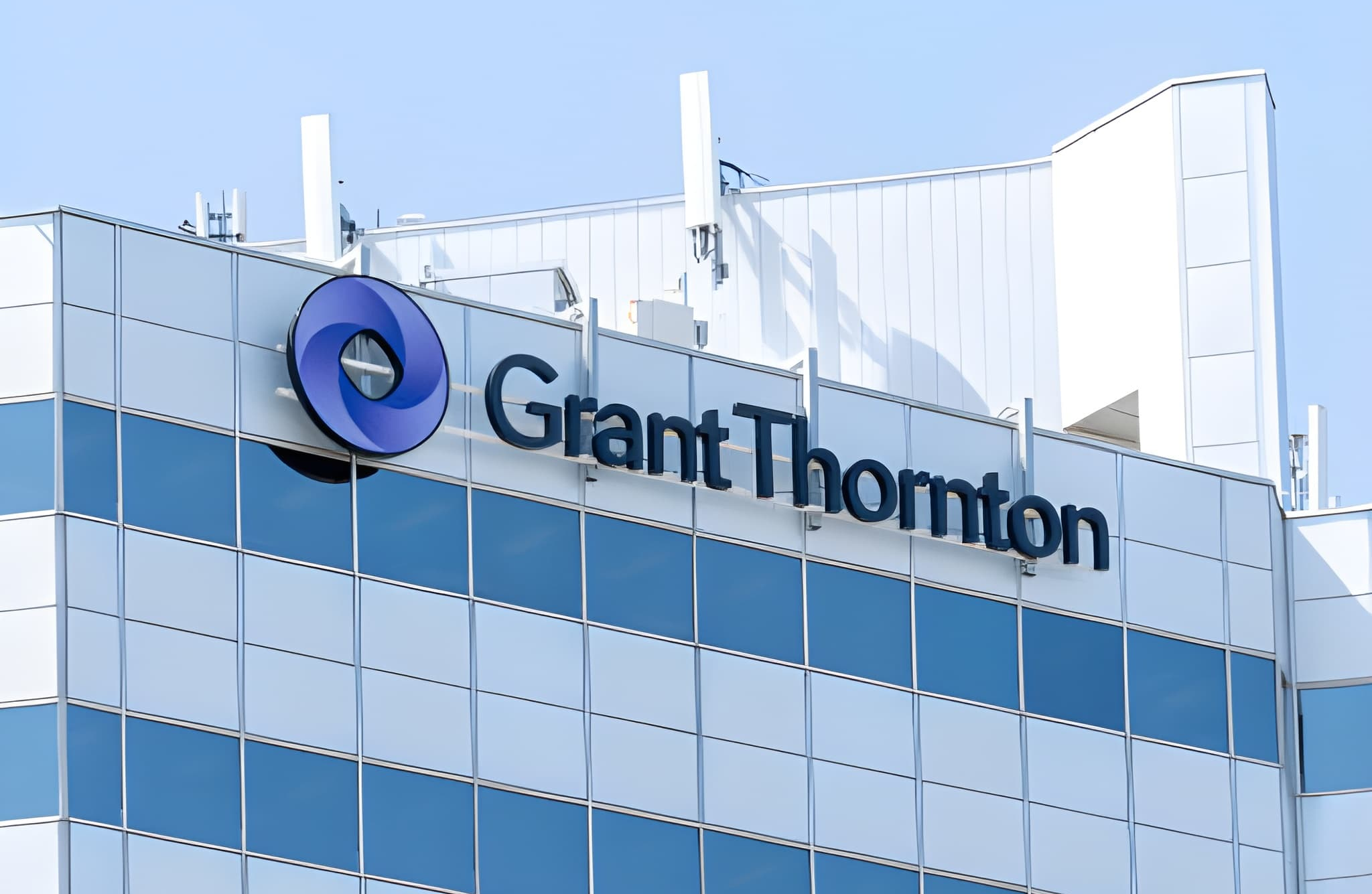A growing economy has led to increased demand for accounting and finance professionals. Projections from the Bureau of Labor Statistics (BLS) show employment in the sector growing 6% from 2018 to 2028. This is good news for job seekers, but organizations looking to hire accounting and finance talent have their work cut out for them.
With the hyper-competitive talent landscape and the continuously low unemployment rate for financial operations remaining at 1.9%, filling open positions has become increasingly difficult. Additionally, employees could be one job offer away from leaving bigger gaps within their companies.
When considering hiring talent, companies don’t have to look harder – just smarter. According to a report from Ajilon and Accounting Principals, there is an unseen workforce hiding from the applicant pool – “passive candidates.” “Passive candidates” are professionals who are currently employed full-time and not actively looking for a new opportunity but willing to accept an offer if presented. These candidates make up 55% of the overall talent pool and not only include people outside of the organization but also within it. When looking to fill vacancies, employers should look within their organization first and create their own talent pipeline through a strong retention strategy.
Oftentimes, recruiting from within the same organization can ensure the candidate is a good cultural fit, as well as that they possess the right hard or soft skills for the role. Doing so can also help avoid high external costs associated with hiring.
These days, offering competitive salaries isn’t enough to attract top talent into new positions. Companies have to get creative and be willing to offer more out-of-the-box benefits that provide better flexibility and work-life balance in order to attract – and retain – top talent.
What Makes Employees Stay?
While many employees report actively looking for a new job as just something they do as a professional, the majority of employees (54%) stay at their current job because of a sense of loyalty to their team or company. Managers can work to increase employee loyalty by practicing loyalty in return and giving employees opportunities to advance in their career. Overpromising but under-delivering with regard to career growth opportunities can cause restlessness in professionals – leading many to start looking for new job opportunities.
What Pushes Employees Out the Door?
While going through the recruiting and hiring process, companies should remember that job seekers – including their own current employees – have a wealth of options. While a higher salary remains the biggest temptation to explore new jobs, it isn’t everything. Accounting Principals found that almost 30% of employees said having a bad manager or boss would tempt them to quit.
Of those employed professionals that are actively looking for a new job, many (42.2%) report their company misrepresented the advancement opportunities of their current position. Employees are companies’ most valuable assets and using available positions as an opportunity can show current employees that the company is invested in their long-term career within the organization.
Smarter Recruiting Practices
Accounting Principals’ research shows that an overwhelming majority (88%) of employed professionals are either actively looking for – or open to – a new job opportunity. Companies can tap into this hidden talent pool with the help of specialty recruiters who are able to handle the day-to-day duties associated with the hiring process. Because staffing companies work with so many candidates nationwide, they often have a network of some of the best talent in every market and can provide quick access to qualified applicants. They also have a wider reach, finding the best candidates that might have been unseen beyond an area code but would be willing to relocate for a new job.
While most professionals agree that compensation is the top deciding factor in whether to make a career move, there are other factors that candidates look for in a job offer. If the candidate is willing to relocate, employers should make sure to offer them a relocation package that would reimburse the cost of moving. A candidate might want to accept the initial offer but the majority of candidates (68.1%) would decline an offer if the company’s relocation package did not meet their expectations, even if the salary and title did.
Whether hiring locally or from afar, employers who make the hiring process as frictionless and streamlined as possible will have the upper hand. The longer employers drag out the hiring process, the more likely it is that their top picks will accept an offer from their competition. Employers who keep candidates engaged – whether they are from within their own organization or new to the company’s talent pipeline – and present feedback quickly are better positioned to secure that potential employee.
——-
Jeramy Kaiman is regional vice president at Accounting Principals.
Thanks for reading CPA Practice Advisor!
Subscribe Already registered? Log In
Need more information? Read the FAQs

![natural_disasters_list_1_.56117a5e5df03[1]](https://www.cpapracticeadvisor.com/wp-content/uploads/2021/12/natural_disasters_list_1_.56117a5e5df03_1_.61c1db14bf0ea.png)

